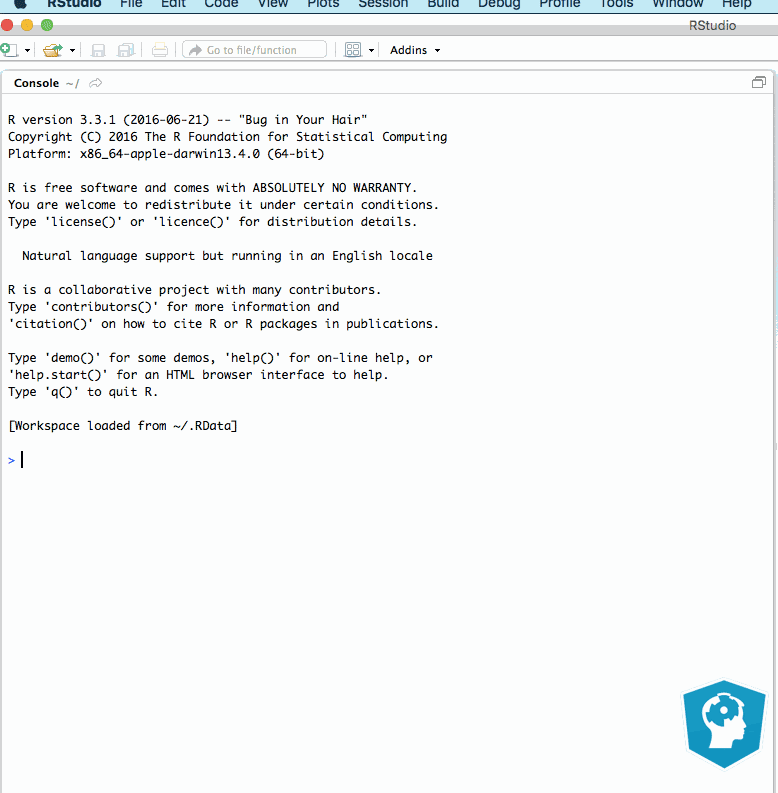
# If IPython options are specified, assume user wants to run IPython This section # Determine the Python executable to use for the driver: What’s going on here with IPYTHON_OPTS command to pyspark? Well, you can look at the source of bin/pyspark in a text editor. See the README for detailed instructions.Ref: in the section “I am getting started with Python” section Launching ipython notebook with Apache Sparkġ) In a terminal, go to the root of your Spark install and enter the following commandĪ browser tab should launch and various output to your terminal window depending on your logging level. Load the customer data in the notebook.Load the provided notebook into Watson Studio.Load data with PixieDust and clean data with Spark.Use Jupyter Notebooks in IBM Watson Studio.

When you have completed this code pattern, you should understand how to: Jupyter Notebooks are run in IBM Watson Studio. The data is loaded, cleaned, and then analyzed by creating various charts and maps. To explore PixieDust, you can use this code pattern where historical shopping data is analyzed with Spark and PixieDust. PixieDust uses visualization packages to create charts, including matplotlib, bokeh, seaborn, and Brunel. With PixieDust, you can explore data in a simpler way. To visualize data with Python, there are many packages available, but it might be a little overwhelming when you begin. Instead of relying on spreadsheets to analyze your data, this code pattern explains how you can analyze historical shopping data in a Jupyter Notebook with the open source Python packages Apache Spark and PixieDust. Although it can give you details about what customers are looking for, often it can be difficult to pull together and analyze the data that you need. DescriptionĪnalyzing shopping data can give you a lot of information about customers and products.

This code pattern shows how you can use Jupyter Notebooks in IBM Watson Studio along with the open source Python packages Apache Spark and PixieDust to quickly analyze historical shopping data and produce charts and maps. The reason for this is that the text, code, figures, and tables can be combined, which makes it easy to keep the code structured. Jupyter Notebooks is a tool used by many data scientists to wrangle and clean data, visualize data, build and test machine learning models, and even write talks. The content is provided “as is.” Given the rapid evolution of technology, some content, steps, or illustrations may have changed. Archive date: This content is no longer being updated or maintained.


 0 kommentar(er)
0 kommentar(er)
